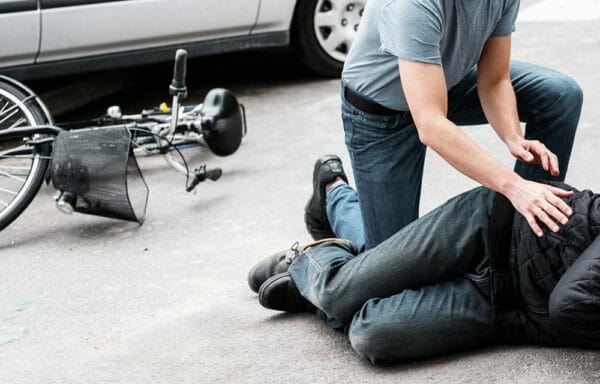If you're of a certain age, you remember what happened on 28 January 1986: The Space Shuttle Challenger blew apart just 73 seconds after lifting off.
The real tragedy, of course, is that Challenger commander Dick Scobee, Michael Smith, Judy Resnik, Ronald McNair, Ellison Onizuka, Gregory Jarvis and Christa McAuliffe lost their lives. But perhaps the most vexing part of the story is that one of the most sophisticated pieces of technology created up to that point in time was undone by a couple of rubber O-rings that didn't seal properly.
Now, the story I am going to tell next is not nearly as terrible as the fate of the Challenger crew members. But it has this parallel: A big, expensive piece of machinery undone by a (relatively) tiny part.
The machine in question is a Trek Super Commuter+8S electric bike--specifically, the 2017, 2018 and 2019 models. The little part in question is a bolt that attaches the front fender to the fork crown--unless, of course, said bolt comes unthreaded, as it has on two reported occasions. Trek says that in both cases, the wrong bolt was used. The result was a chain reaction: The fender fell off and jammed the front wheel, causing it to fall off. One of those accidents resulted in a broken back for the rider.
A $5200 machine halted--and a back broken--because of a small bolt. It doesn't take much, does it?
As a result, the Consumer Product Safety Commission has issued a recall for those bikes, which sold for $5200 each.
The real tragedy, of course, is that Challenger commander Dick Scobee, Michael Smith, Judy Resnik, Ronald McNair, Ellison Onizuka, Gregory Jarvis and Christa McAuliffe lost their lives. But perhaps the most vexing part of the story is that one of the most sophisticated pieces of technology created up to that point in time was undone by a couple of rubber O-rings that didn't seal properly.
Now, the story I am going to tell next is not nearly as terrible as the fate of the Challenger crew members. But it has this parallel: A big, expensive piece of machinery undone by a (relatively) tiny part.
The machine in question is a Trek Super Commuter+8S electric bike--specifically, the 2017, 2018 and 2019 models. The little part in question is a bolt that attaches the front fender to the fork crown--unless, of course, said bolt comes unthreaded, as it has on two reported occasions. Trek says that in both cases, the wrong bolt was used. The result was a chain reaction: The fender fell off and jammed the front wheel, causing it to fall off. One of those accidents resulted in a broken back for the rider.
A $5200 machine halted--and a back broken--because of a small bolt. It doesn't take much, does it?
As a result, the Consumer Product Safety Commission has issued a recall for those bikes, which sold for $5200 each.































